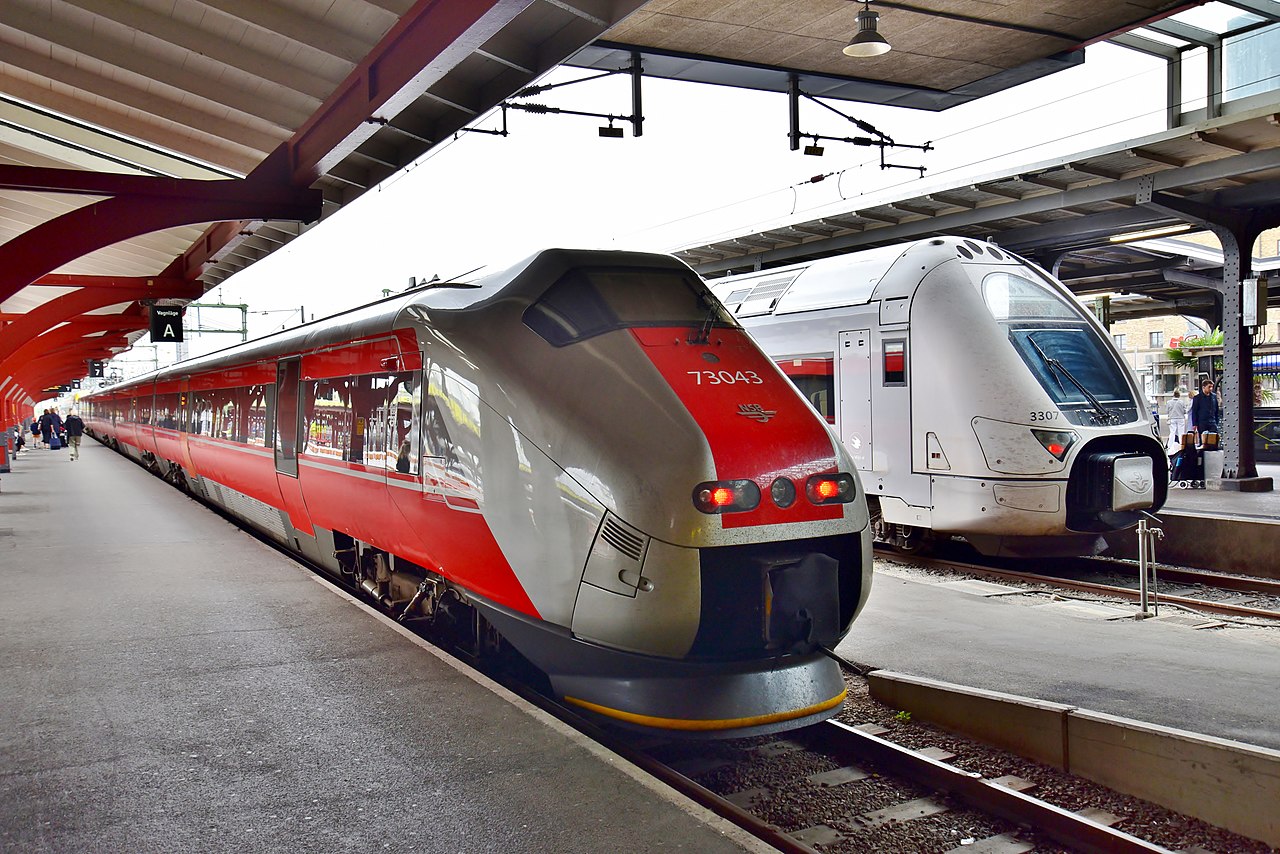Path forward to increase capacity and accessibility outlined in joint Swedish-Norwegian feasibility study
The current railway stretch between Oslo and Gothenburg lies along the ScanMed TEN-T corridor and has been identified by the EU as a bottleneck to accessibility in the whole corridor. Due to low speed, rail freight and passenger transport on this important cross-border line is not competitive. It currently takes twice as long for a freight train going from Oslo to Gothenburg, as it does for a truck to complete the same journey by road. That’s why close to 97% of all freight between Oslo and Gothenburg is road transport at the moment.
The Scandria Alliance and its members have thus advocated for the upgrade of the single track to double track to enable a modal shift from road and plane to rail between Gothenburg and Oslo.
Watch Annette Lindahl Raakil, Vice Mayor for Planning, Climate and Environment at Viken County Council explain why an upgrade to double track on this railway stretch is important
In 2022, the Swedish Transport Administration and Norwegian Directorate of Railways were commissioned by the Swedish and Norwegian governments to evaluate the existing railway infrastructure between Oslo and Gothenburg and to investigate how to increase capacity, accessibility and reduce travel times. Different transport concepts were studied to investigate how they could be applied on existing railway network in order to make it more lucrative to travel by rail rather than motor vehicles.
The results of this feasibility study were finalized in a joint report, which has been handed in to the Swedish and Norwegian governments in early October 2023. The following applicable development concepts were identified:
1. Regional train concept – develop existing infrastructure through smaller investments to increase efficiency, safety and durability which enables higher frequency of train services and a decrease in travel times.
2. Freight concept – make freight transport more lucrative by train on existing infrastructure through shorter travel times and possibilities to operate the route during market demand hours. This calls for new and extended meeting stations. This concept has the highest level of socioeconomic profitability.
3. Concept middle – partial extension to double-track on the most frequent used single-track sections which further supports freight transport, regional train services and enables long-distance train flows.
4. Concept high – extension to double-tracks on the entire route which favor long-distance freight and passenger transport.
The study shows that these best should be implemented step by step in above consecutive order through an agreed level of ambition to achieve the best benefits from the investments. The Swedish Transport Administration and the Norwegian Directorate of Railways encourage further cross-border cooperation between the two countries as cross-border coordination has been proven profitable.
Download the final report here (in Swedish / Norwegian)
????: Bahnfrend, CC BY-SA 4.0, via Wikimedia Commons
